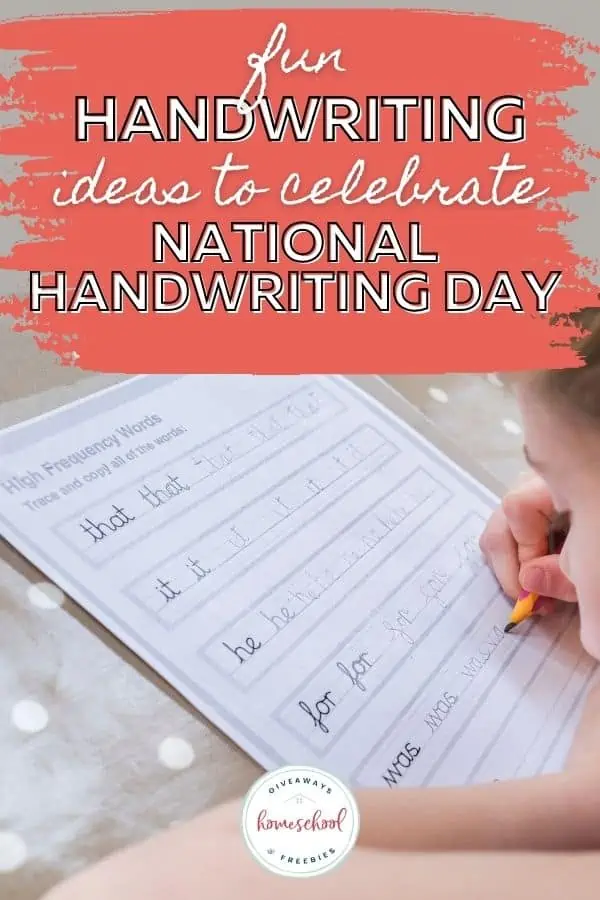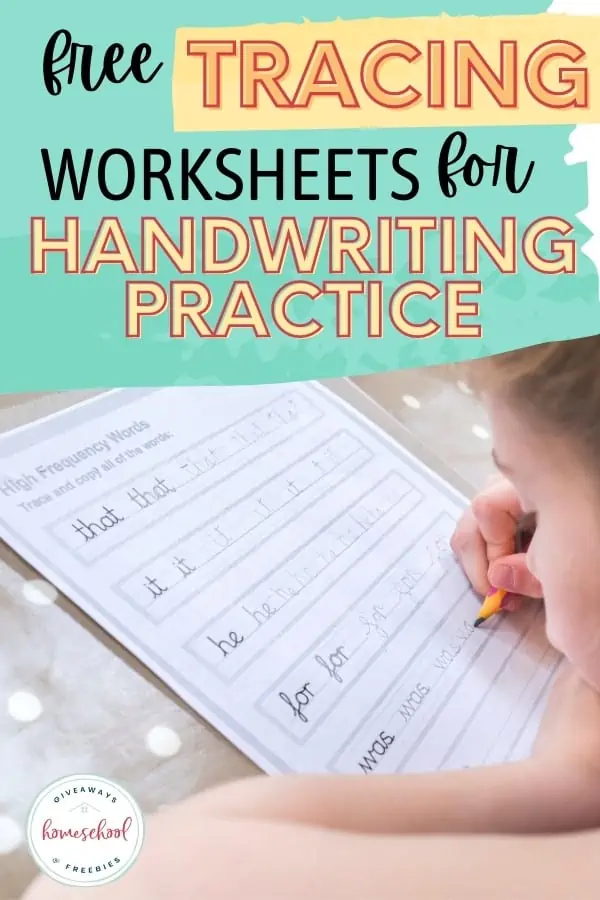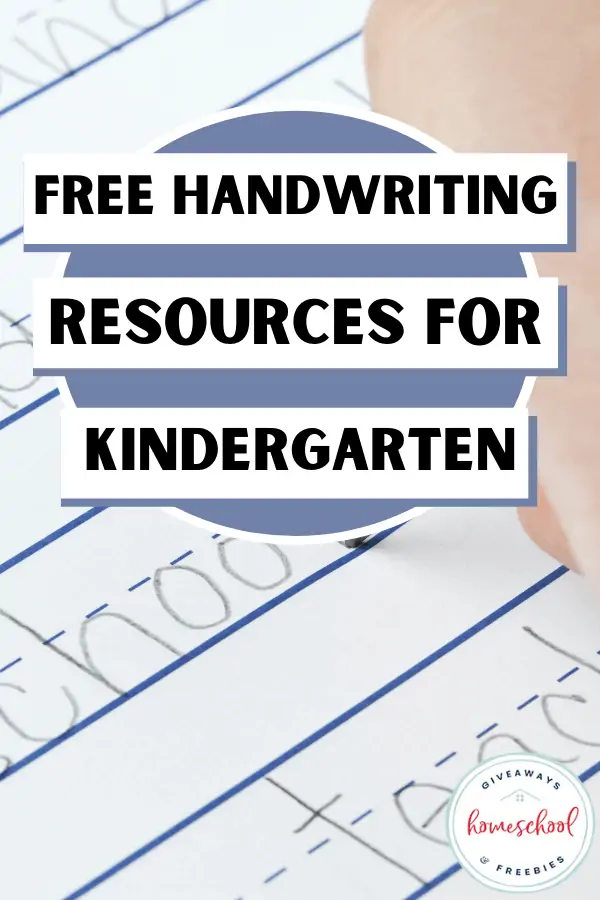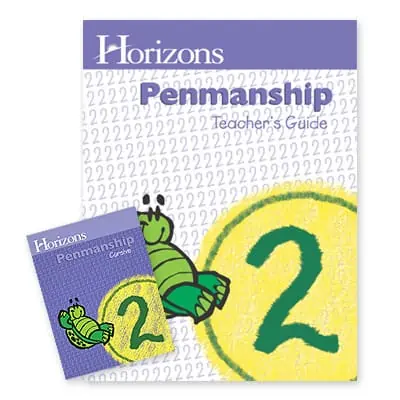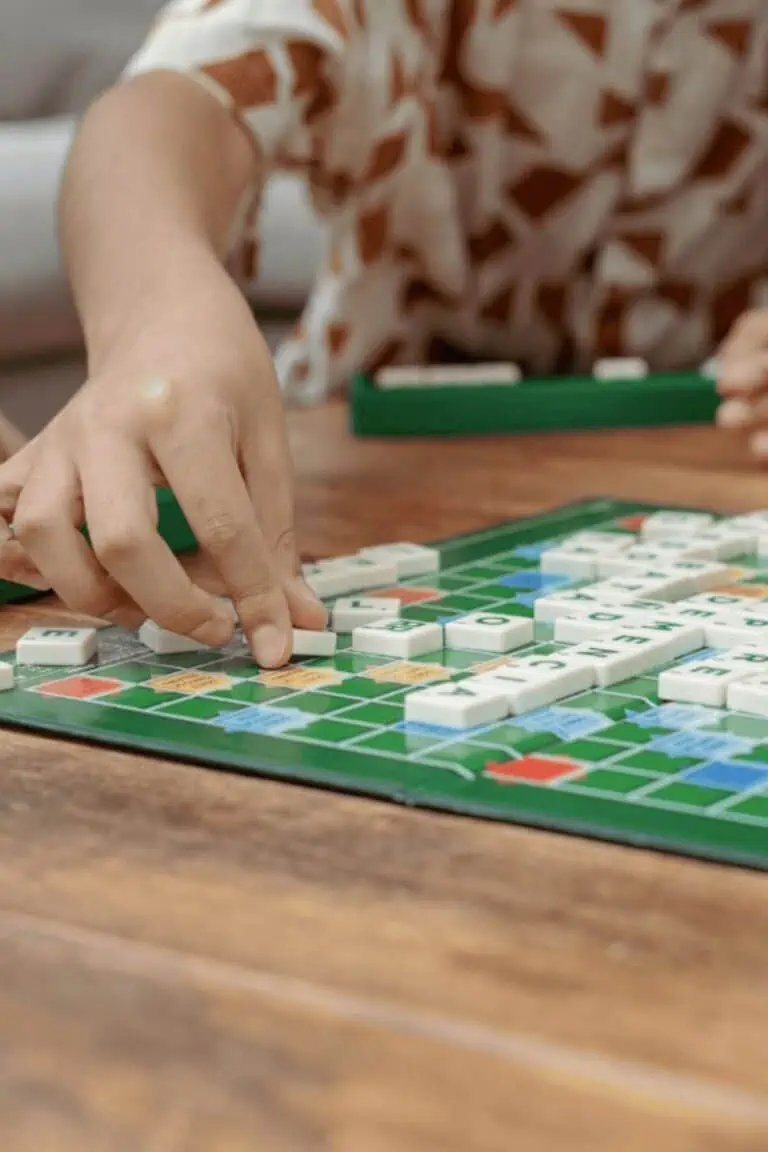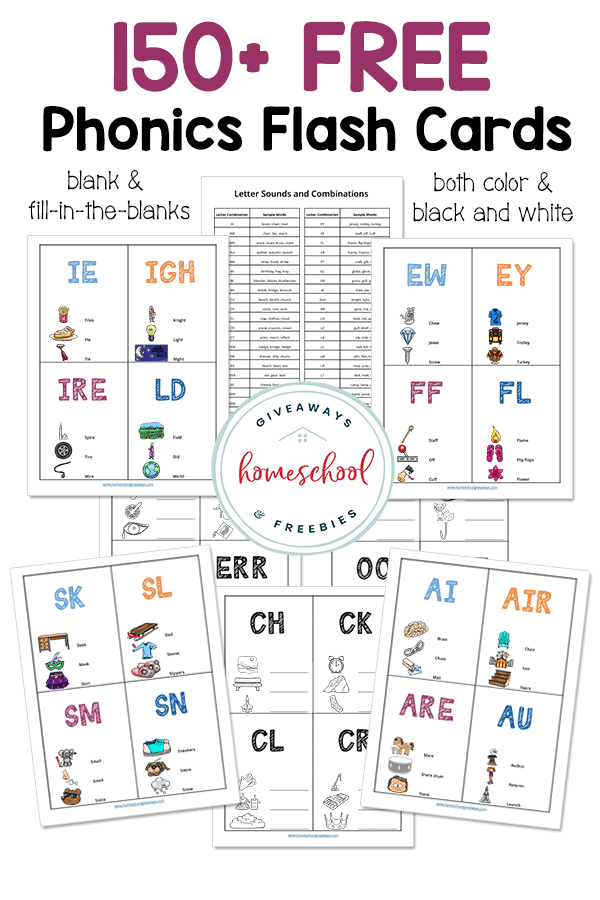Fun Handwriting Ideas to Celebrate National Handwriting Day
Published:
December 27, 2022

Contributor:
Alpha Omega Publications
Disclosure: This post may contain affiliate links, meaning if you decide to make a purchase via my links, I may earn a commission at no additional cost to you. See my disclosure for more info.
While you may not necessarily celebrate National Handwriting Day with your kids, you likely still want them to grow up with neat handwriting along with a personalized touch. If you’re looking for easy-to-implement handwriting ideas, you’re in the right place.
Handwriting Ideas
Here are handwriting ideas you can try in your homeschool that will help you learn how to improve handwriting for your children. It can be a touchy subject for homeschool moms when our children just can’t seem to write legibly!
Take a look at the skills they need to write properly, then use some of the fun activities below to teach handwriting.
Skills Kids Need for Handwriting
Children cannot start writing legibly and correctly without some foundational skills in place. Here are the skills they need for handwriting competency.
Pre-writing Skills
Pre-writing skills need to be developed before children can form letters and words correctly. These skills include being able to hold a pencil correctly and draw and color shapes. So encouraging a lot of doodling and coloring in the preschool years is very important for pre-writing!
The more your child can exercise their fine motor skills, the better off they will be as well.
A child’s hand and finger muscles are not fully formed by the time they enter kindergarten. In fact, the carpal bones are not fully formed until around age seven! So we shouldn’t expect perfect hand control or hand strength from young children.
Gross Motor Skills
In order to grow these pre-writing skills, work first on gross motor skills, such as catching a ball, and then find activities to build those fine motor skills, such as grasping small objects such as pom poms.
Growing these skills will also help improve visual perception, which is an important foundational skill for handwriting.
What about hand dominance? Which hand does your child favor?
This can show up as early as two, but a clear preference is usually established between the ages of four to six. Once their child demonstrates their preferred hand, encourage them to continue using that hand as they learn new skills, such as using scissors.
Other pre-writing skills include drawing various shapes and lines. You can use shape tracing sheets for practice. Encourage your child to draw straight lines, circles, dots, wavy lines, and more, to give them a good start to handwriting.
Correct Pencil Grip
Many new homeschooling mothers can get very stressed out when trying to help their child with correct pencil grasp! How can you help your child learn to hold their pencil correctly?
A correct pencil grip looks like a tripod, where the thumb, index finger, and middle finger hold the pencil in a stable position. The little finger and ring finger should be gently curved and resting on the table.
If your child is struggling, consider that pencil grips can help your child improve their handwriting while reducing fatigue.
Fun Handwriting Ideas
Here are some fun handwriting activities to use with your kids as you teach them proper handwriting technique.
Letter Formation Activities
Letter formation refers to a child’s ability to correctly form different letters.
When children are first learning to write, a key component to their success involves their visual perceptual skills. In other words, do they use proper letter size? Are they aware of letter reversals?
All of the pre-writing skills involving eye movement and perception are crucial for correct letter formation. If your child is having ongoing difficulty with letter formation activities, you may want to check their eye tracking and vision.
Fun letter formation activities include tracing, writing letters with their fingers on a sensory tray, and writing letters in the air.
Tracing
Tracing is a great activity that helps your child with letter formation that is properly spaced on writing lines. Before your child is ready to independently form correct letters, they need line awareness skills.
That is, do they know where the letters begin and end on the handwriting lines? Are they giving proper spacing between letters and words?
Instead of letting your kids flounder to try to learn this important skills, use printable letter tracing resources and free tracing worksheets.
Following Paths
Kids love mazes and following paths with their pencils! So why not include some printable mazes for kids in your homeschool? You’ll actually be growing their handwriting skills by honing in those fine motor skills as your kids follow paths on paper.
Sometimes it’s as simple as following a straight line or a curvy line to connect pictures on a worksheet. All of this attention to detail, shape, and spacing is a fun way to improve handwriting skills!
Sensory Writing Tray
Your tactile learners will love playing with a sensory writing tray. This is a tool used in occupational therapy. All it is is a shallow tray filled with materials that are easy to move around with your finger.
Your sensory writing tray could be filled with beans, sand, or even shaving cream. Show your child one of their uppercase letters and have them use their index finger to write that letter in the tray.
Spatial Awareness in Handwriting
Spatial awareness in handwriting refers to your child’s ability to remember the letter formation and how to correctly place that letter in relationship to other letters. Poor spatial awareness looks like uneven spacing between letters and not following the lines on a paper.
Handwriting Problems Due to Spatial Awareness
In order to correct handwriting problems due to spatial awareness issues, you may want to have your child write on graph paper. This will help them space out their letters properly and learn to follow the boundaries between letters.
Here’s some free graph paper to help you get started.
Paper Orientation
Paper orientation is another consideration with spatial awareness. Right handed children should slant their paper about 20-45 degrees to the left and left-handed children should slant their paper about 30-45 degrees to the right.
Chalkboard Letters
Writing letters on a chalkboard is one of the fun activities you can use in your homeschool. Instead of going through reams of printable worksheets, just wipe off and try again.
Check out Chalk Full of Design for cute chalkboard options.
Handwriting Practice Clipboard
If you want to take handwriting practice on the go, there are different ways of doing it that don’t require you to be stuck at the kitchen table.
Just slip a few fun handwriting worksheets into a clear plastic sleeve and stick it on a handwriting practice clipboard to get some practice in while driving in the car.
Want unlimited handwriting ideas for a practice clipboard? Come up with a few fun A to Z lists and when you’re out and about, ask your child to write a word for each letter of the alphabet.
Things like animals in the zoo, food at the grocery store, or names of people can give them great handwriting practice.
Daily Handwriting Practice
A great way for younger students to improve their handwriting is to make it a daily task. There are lots of resources you can print online, like these free handwriting worksheets for kindergarten, to include in your daily handwriting practice.
Even if it’s only 5-10 minutes a day, the consistency will make a big difference. For an added bonus, grab some colored pencils and each day, have your child circle their best letter with a different color.
This helps them to self-correct and also gain satisfaction from their daily efforts.
Cursive Practice
Cursive handwriting can be a complex task and is sometimes better suited for older kids to learn. But not always! Even kids in K-2 can learn to write in cursive once they have a solid grasp on manuscript printing. The benefits of cursive writing are massive for brain development, discipline, and fine motor skills. Plus, if your kids can write in cursive, then they can also read cursive writing, which is a pretty big deal! Grab some cursive practice sheets to use in your homeschool.
Homeschool Handwriting Curriculum
Homeschool handwriting curriculum will give you confidence to know that your child is being taught the right skills in the right order. With pre-made lesson plans written for a homeschool teacher, you’ll be able to successfully teach your child how to have proper handwriting.
Penmanship sets are available for specific grade levels to meet your child’s developmental needs.
In Conclusion
These are just a few fun handwriting ideas to use in your homeschool. When your kids do the hard work of learning to have legible handwriting, they will gain the satisfaction of a job well done. And the attention to detail that writing requires will benefit them in other school activities and tasks.

